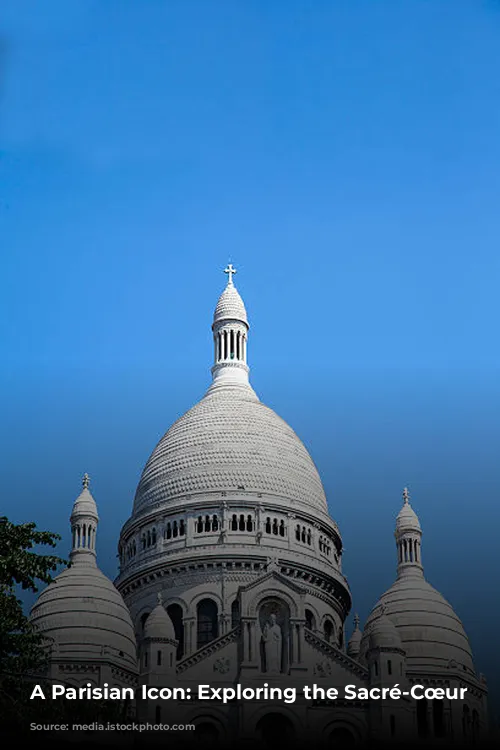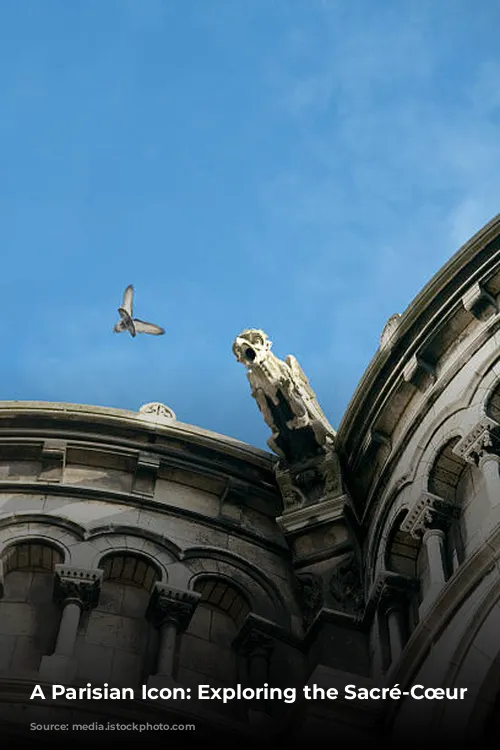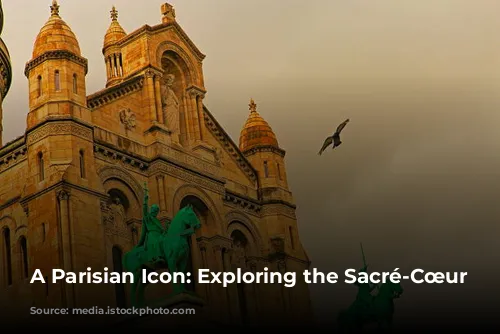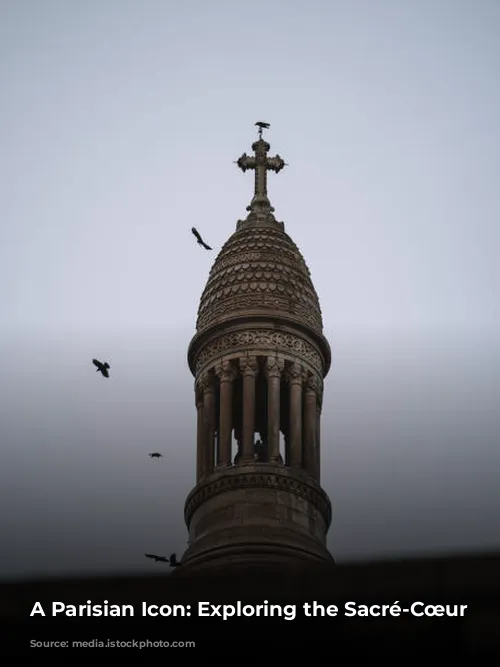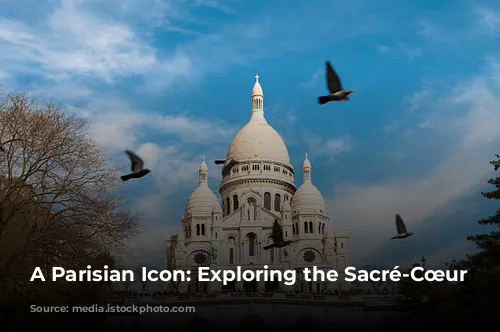Paris, the City of Lights, is brimming with iconic landmarks, and the Sacré-Cœur Basilica stands as a striking symbol of faith and history. While some Parisians may affectionately call it “the big meringue” due to its unique architecture, this grand edifice attracts millions of visitors annually.
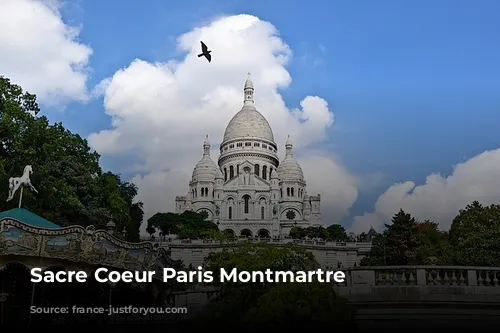
A Touch of History: From Rebellion to Basilica
The Sacré-Cœur has a fascinating history, intertwined with the tumultuous events of the Franco-Prussian War. Following the defeat of Napoleon III and the rise of the Third Republic, the Paris Commune, a radical socialist movement, took control of the city. This brief but bloody period ended with the suppression of the Commune and the construction of the Sacré-Cœur was commissioned by the Catholic Church.
This magnificent basilica, designed by French architect Paul Abadie, was intended to serve as a symbol of atonement for the events of the Commune. Construction began in 1875 and was finally completed in 1914, marking a significant turning point in Parisian history.
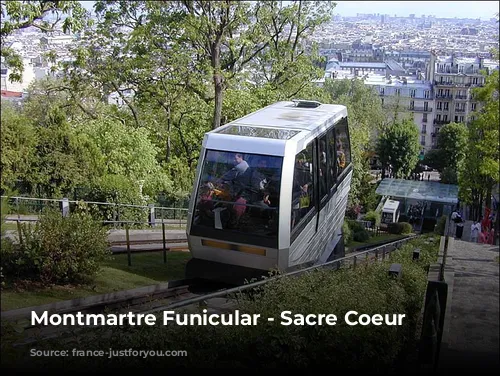
A Unique Architectural Masterpiece
The Sacré-Cœur stands out from other Parisian landmarks like Notre Dame Cathedral and Sainte Chapelle, as it reflects a Roman-Byzantine architectural style. Its white limestone exterior, a common feature in Parisian architecture, evokes the brilliance of Venice’s San Marco Basilica.
As you approach the Sacré-Cœur, you’ll be captivated by its distinctive features. Look out for the equestrian statues of Joan of Arc and King Louis, which adorn the façade. While the original stained-glass windows were destroyed during World War II, they have been beautifully restored, adding to the basilica’s splendor.
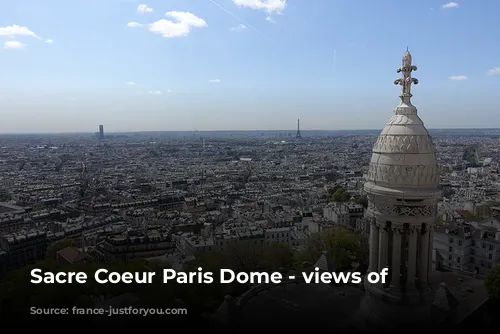
A Journey Through Art and Faith
Inside the Sacré-Cœur, you’ll be greeted by the grandeur of the Aristide Cavaillé-Coll organ, a testament to the renowned organ builder’s artistry. The Sacré-Cœur’s bell, weighing an impressive 19 tons, is among the heaviest in the world, its resonating chimes echoing through the basilica.
But the true showstopper lies in the Apse Mosaic, a magnificent depiction of Jesus Christ, one of the largest mosaics in the world. Completed in 1922, this awe-inspiring work of art is a testament to the basilica’s artistic legacy.

Breathtaking Views from the Dome
While the Sacré-Cœur is a spiritual haven, its location atop Montmartre offers a captivating panorama of Paris. Visitors who choose to climb the 300 steps to the top of the Dome are rewarded with breathtaking views, including the Eiffel Tower and other iconic Parisian monuments.
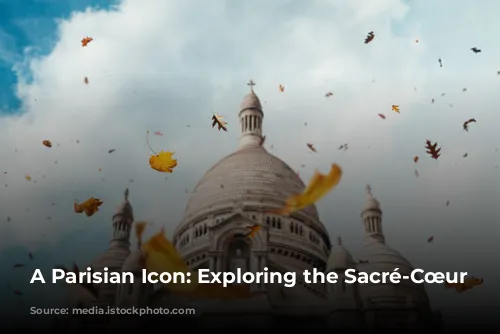
Accessing the Sacré-Cœur
The Sacré-Cœur is conveniently located in the Montmartre district (18th arrondissement) and easily accessible by public transportation. Visitors can take the Metro to Anvers station on line 2 and then walk up two blocks to Place Saint-Pierre avenue. From there, you can choose to walk up the 270 stairs or take the Montmartre-Sacré-Cœur funicular train for a quick ride.
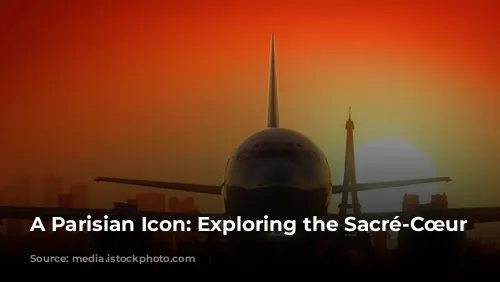
Exploring Montmartre and Beyond
The Sacré-Cœur is a central point of interest in the vibrant Montmartre district, which is known for its artistic charm and bohemian spirit. Take a stroll through the narrow cobblestone streets, visit the Dali Museum, or indulge in some classic French cuisine at the Le Moulin de la Galette.
Paris is a city full of wonders, and the Sacré-Cœur Basilica is a must-visit destination for its historical significance, architectural beauty, and breathtaking views. Whether you’re seeking a moment of reflection or an unforgettable experience, the Sacré-Cœur will leave a lasting impression.
